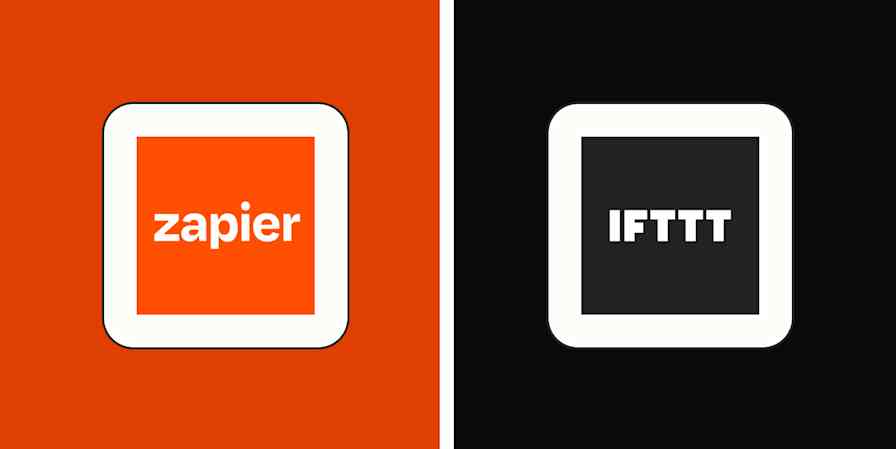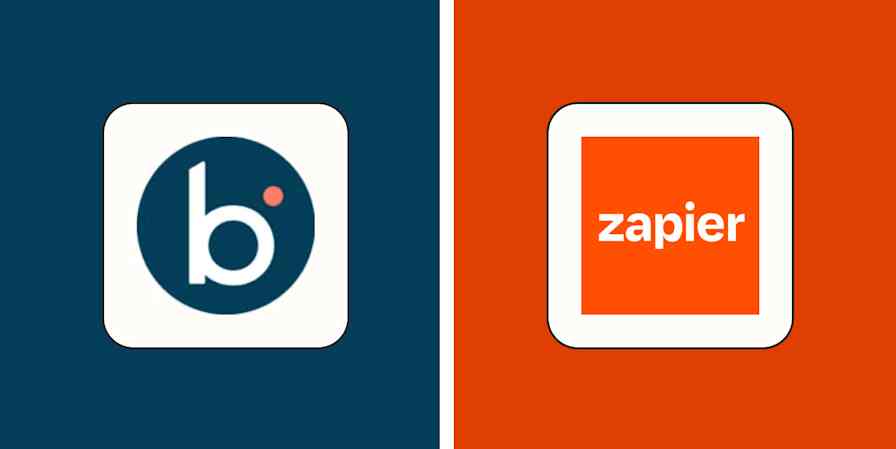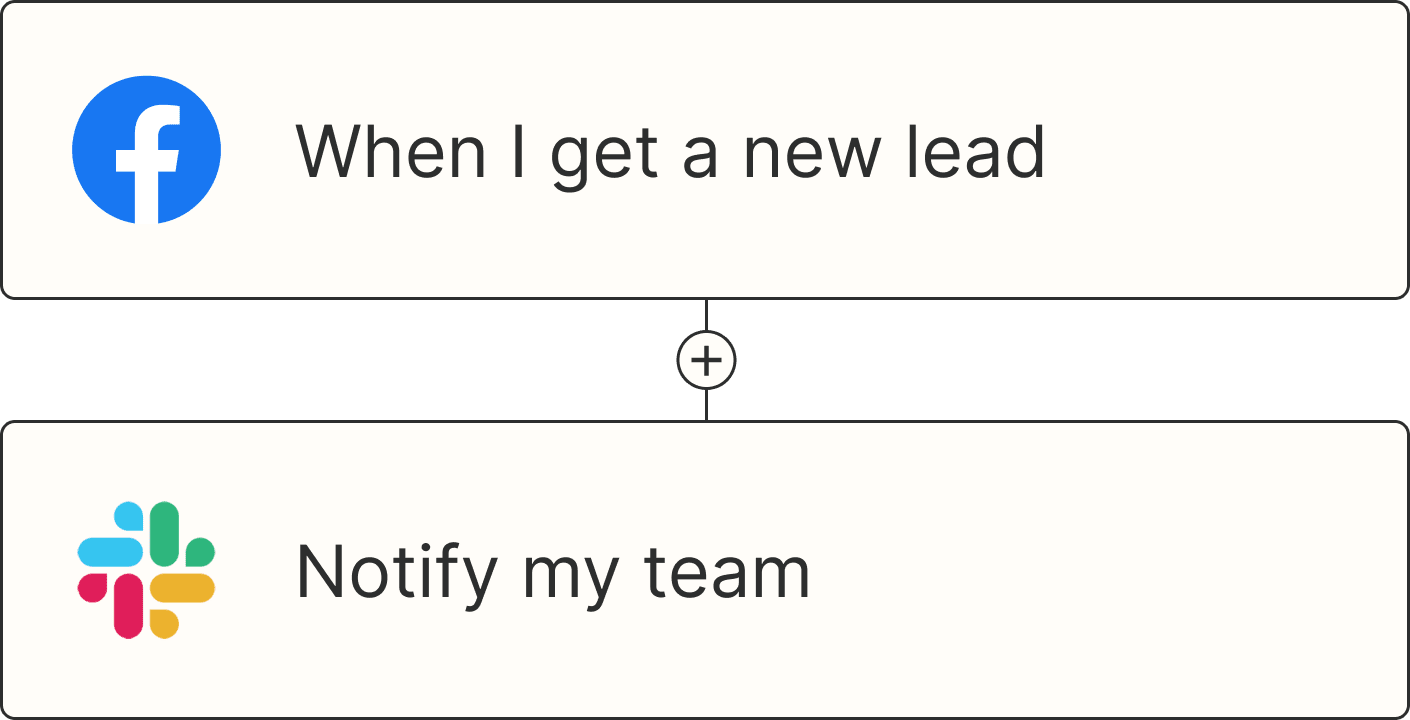If there's one thing your enterprise tech stack has in common with a sandwich, it's mayonnaise—as in, Mayonnaise a lot of apps I need to keep track of!
If there's another thing your enterprise tech stack has in common with a sandwich, it's that both have underrated yet necessary elements holding a smorgasbord of ingredients together.
Integration platforms are the sandwich bread of enterprise software suites. These tools connect otherwise disparate apps, data, automations, and workflows into one convenient hub.
I'm deep in the integration platform world—and the sandwich world, for that matter—and I spent time researching and testing all the best enterprise integration platforms to help you pick the right one to hold all the messy, delicious parts of your software ecosystem together.
The best enterprise integration platforms
Zapier for AI orchestration
MuleSoft Anypoint Platform for API management
Informatica for data management
SnapLogic for legacy system integration
Celigo for error management
What makes the best enterprise integration platform?
How we evaluate and test apps
Our best apps roundups are written by humans who've spent much of their careers using, testing, and writing about software. Unless explicitly stated, we spend dozens of hours researching and testing apps, using each app as it's intended to be used and evaluating it against the criteria we set for the category. We're never paid for placement in our articles from any app or for links to any site—we value the trust readers put in us to offer authentic evaluations of the categories and apps we review. For more details on our process, read the full rundown of how we select apps to feature on the Zapier blog.
As I was researching and testing enterprise integration platforms, here's what I was looking for:
Connectivity: Saying an integration platform needs to have good native connectivity is like saying a sandwich needs mustard—it goes without saying, and more is always better. But more than just lots of spicy prebuilt software connections, you want an indication that this number is growing. Beyond native connectors, I also looked for custom integration functionality so you can conveniently house all the APIs you need.
Ease of use: You could rely on a team of highly trained devs to connect all your apps, or you could deploy a simple integration application that anyone on your team can use. Specifically, no-code or low-code interfaces, templates, drag-and-drop functionality, preset automations, and technical support.
Scalability: As your organization grows, so will your software suite. The best integration platforms support plenty of simultaneous integrations and a high volume of data without sacrificing performance or rapidly becoming cost-prohibitive. Simple, robust monitoring and debugging solutions are a plus, too, along with centralized dashboards, error notifications, and AI handling.
Security: Security can get messy once you start bringing tools together, so measures like enterprise-grade data encryption, access controls, and permission management capabilities are important. Compliance with industry standards and regulations for data security and privacy should go without saying.
Aside from these, factors like organization size, tech stack complexity, the types of software you need to integrate, unique security or compliance needs, the nuances of your industry, personnel capacity, and whether you're beholden to an exclusive branded ecosystem could all play a role in your selection.
All that said, I've tried to make picks that reflect the realistic range of integration platform types. From user-friendly workflow orchestration tools like Zapier to detailed RPA platforms and more general iPaaS solutions, there's a small but diverse range represented here.
To arrive at these picks, I conducted my own software testing where possible and supplemented my own experience by consulting endless user reviews, discussion forums, first-party sales materials, and professional human beings who use this software on a daily basis.
The best enterprise integration platforms at a glance
| Best for | Standout feature | Pricing |
|---|---|---|---|
Automation and orchestration | 8,000+ app integrations and strong AI integration | Free plan available; paid plans from $19.99/month; custom for Enterprise | |
API management | Cloud and desktop IDE | By request | |
Data management | Deeply integrated AI assistant | By request | |
Legacy system integration | Automated legacy modernization | By request | |
Error management | AI-powered error detection and resolution | By request |
Best enterprise integration platform for AI orchestration
Zapier (Web, iOS, Android)
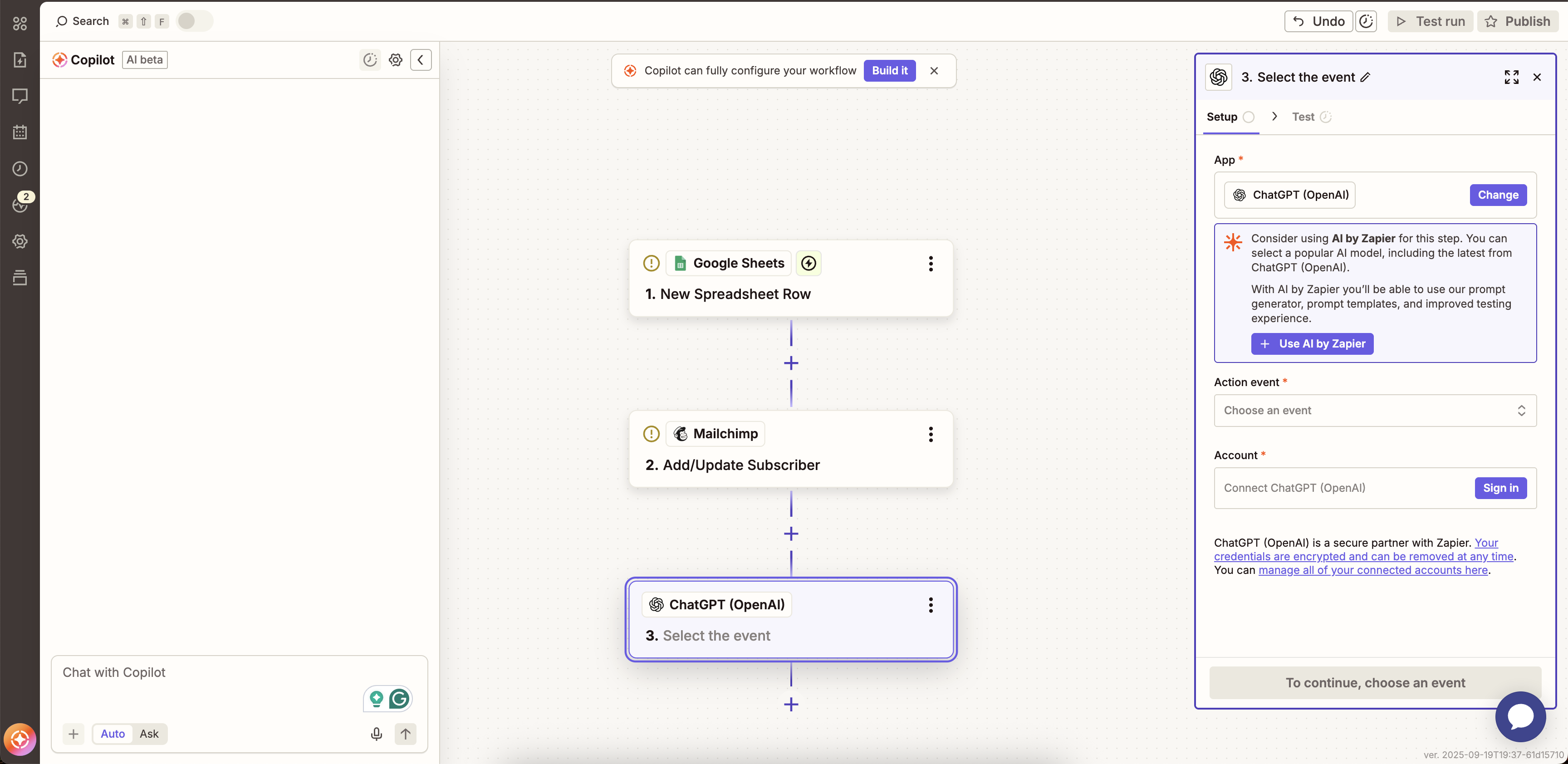
Zapier pros:
Over 8,000 connected apps
No-code interface for non-technical users
Lets you build enterprise-level automation sequences
Enables agentic AI across apps
Zapier cons:
No dedicated IDE
If you're looking for a platform that can create end-to-end integrations for a wide range of software across multiple teams and departments, Zapier is your best choice.
The core element of a good integration as a service platform is…its ability to integrate. Zapier's library of app integrations is over 10 times that of most other competitors, giving it a major edge. That means you can connect everything from your CRM to your email marketing service to your predictive analytics software with one click and no code.
But just linking that software doesn't do you much good—you've got to be able to actually do something with it. Zapier lets you build custom workflows across your connected apps so you can create AI-powered, automated sequences that work for your unique ecosystem and cater to individual team needs.
For example, you can build bespoke marketing automation sequences that move your leads straight to your lead nurturing processes, using AI automations and chatbots to nudge them along touch-free. As an example, here's what that could look like.
Zapier is an automation-first application, so it's designed for and maximized by building out connected workflows, including complex, multi-application, multi-decision, AI-driven orchestrations that execute your work for you.
Of course, this is the Zapier blog, so grab yourself a second opinion by reading some success stories, or take a look at these templates to get a better idea of what you can do with Zapier.
Zapier pricing: Free plan available; paid plans start at $19.99/month; contact for enterprise pricing
Best enterprise integration platform for API management
MuleSoft Anypoint Platform (Web)

Anypoint Platform pros:
Useful out-of-the-box templates, connectors, and use cases help flatten the learning curve
Offers a cloud platform and desktop integrated development environment
Anypoint Platform cons:
Likely too technical for most non-technical users
Rollout and implementation will still have a longer runway than many competitors
Less utility for those looking for more plug-and-play app integrations
If you're relatively new to APIs, Anypoint Platform probably isn't for you—but it may be for your dev team. While many of the iPaaS solutions on this list offer simple interfaces that are ready to roll out for citizen automators across departments, MuleSoft's veritable playground for API integration represents a more architectural option for those who need to manage vast libraries of built connections.
For those particular users, the MuleSoft Anypoint Platform is about as good as it gets for pure API management. It lets you house your dozens, hundreds, dare I say thousands of APIs under one roof so you can maintain complex connections seamlessly.
Need a dedicated platform for that? Anypoint Studio gives you a desktop IDE I'd characterize as functionally practical for API building and deployment. You can hit the ground running with prebuilt connectors, templates, and error handling protocols within a simple (if a bit rudimentary) drag-and-drop or XML interface.
To really streamline your connection efforts, Anypoint can automatically parse the definition of the specifications you build and generate flows. Then, you can use the dedicated debug perspective to find potential issues before you deploy. You can then go to CloudHub, a hosted cloud product within the extensive MuleSoft ecosystem, to deploy your build. That means you can design and develop APIs and integrations, test them, and launch them in one handy integrated platform.
Anypoint Platform offers a modest library of a couple hundred prebuilt connectors via the Anypoint Exchange marketplace, which is, if my math holds, less than the 8,000+ available via Zapier's developer platform. But if you're looking for a pure API management solution, it's a flexible option for creating and deploying connections.
Anypoint Platform pricing: By request
Best enterprise integration platform for data management
Informatica (Web)
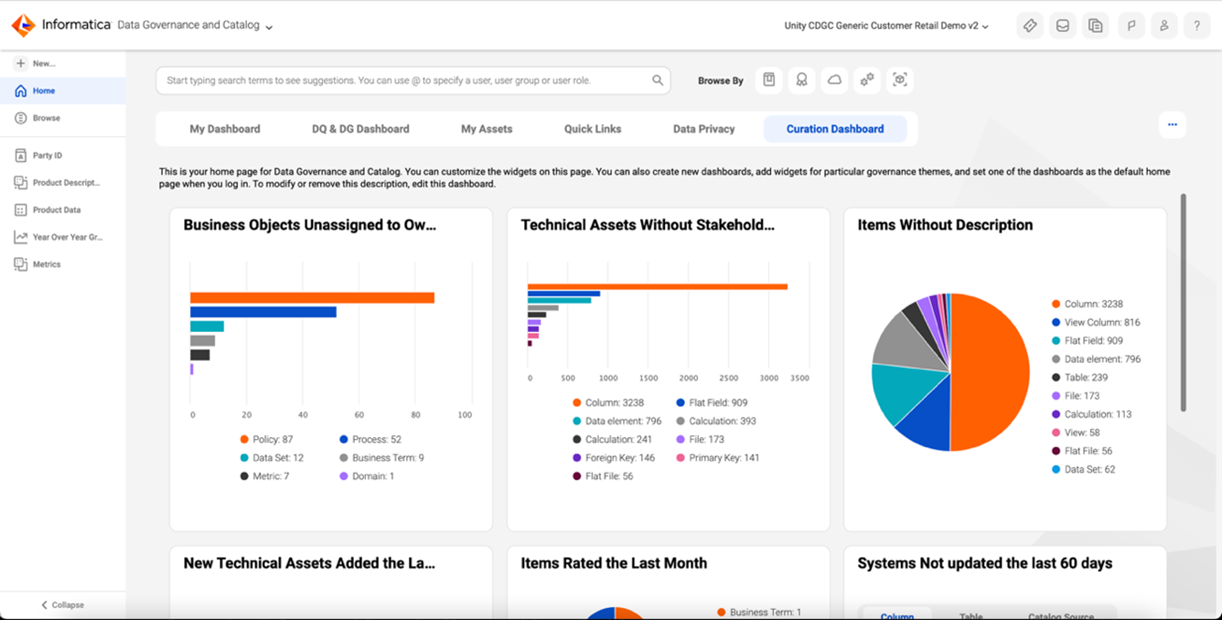
Informatica pros:
Deeply integrated AI assistant
No-code interface with low-code flexibility
Robust suite of cloud data management services
Informatica cons:
May be too comprehensive for those looking primarily for straightforward app integration
User interface is lacking compared to more recent, user-friendly competition
Insular ecosystem and relatively high cost can be limiting
Let me start by saying some of the finer details about Informatica may be subject to change, because, as you probably could have guessed, Salesforce has acquired it. That's kind of Salesforce's thing.
Let me continue by saying Informatica isn't just an application integrator; it's a sprawling, AI-led master data management suite. That means you can connect applications and update legacy systems as data from across said apps becomes actionable business intelligence—all while aligning with your established compliance frameworks.
Informatica's real calling card is its AI features, which can be integrated into BPA utility across your connected apps. CLAIRE GPT, its cheekily named embedded chatbot, can ingest data from all the apps, behavior, and interactions in your organization to become your resident expert on your customers, your company, and your work.
You can put all that AI to work by instructing CLAIRE (emphasis on the middle third of the name) to take action on it, compiling custom customer records, giving you insights on datasets, combining otherwise disparate tables, and creating ELT pipelines.
You can even build automations and GenAI applications in a no-code UI with handy prebuilt "recipes" to kickstart your work, ensuring even novice non-technical users (who've had long runways of dedicated onboarding and product training) can do AI like a (semi-)pro.
Informatica has hundreds of premade connectors—by my count, a cool 390 as of this writing—but if that's not enough, the point-and-click API management is a genuinely useful mechanism for defining application, data, and process APIs without extensive coding, making both custom internally and externally built APIs accessible across teams.
I'm assuming there are no major wholesale changes that will come about for Informatica from entering the Salesforce universe, at least not in the near future. But the acquisition could remedy one of the software's current drawbacks.
With its focus on integrated data management, Informatica can feel isolated as it scales, folding in more and more of your organization's core data and related workflows as it grows. Granted, it's a feature-rich iPaaS platform with plenty of connectivity potential, so you might be ok with that. But integrating into the broader Salesforce suite may open more extensibility if you already operate within Salesforce.
Informatica pricing: By request
Best enterprise integration platform for legacy system integration
SnapLogic (Web)
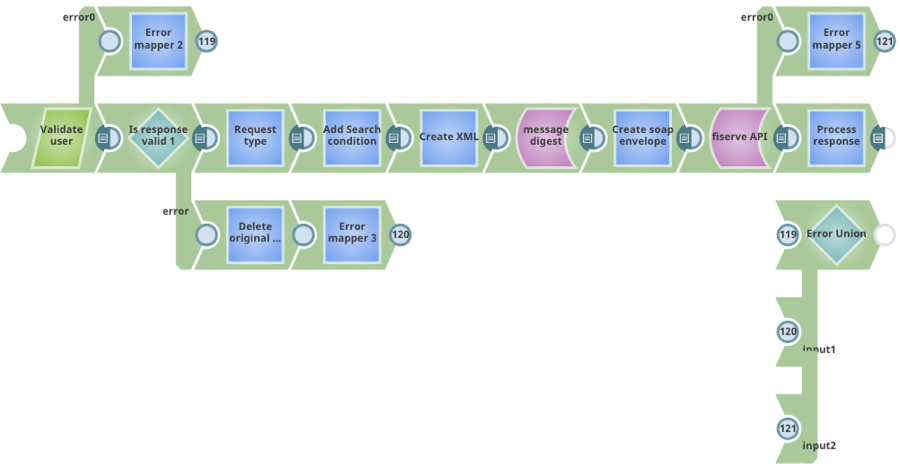
SnapLogic pros:
Intuitive connector interface
Enterprise-ready data and app integration
Automated, AI-powered legacy modernization
SnapLogic cons:
Legacy integration capabilities are limited by the accuracy of metadata
Snap structure can become cumbersome as project complexity grows
Learning curve can be high for non-technical users
If you're reading this, it's not because you just started an entire enterprise yesterday. That means you're not building your tech stack from scratch, which also means you've probably got a lot of old systems to port over from a time when "AI" still conjured Haley Joel Osment.
SnapLogic doesn't do anything mind-blowing from an integration standpoint. Over 700 native connectors (aka, "Snaps"), functional no-to-low-code interface, automation sequencing, and agentic AI workflow creation are all solid, but roughly baseline for today's integration standards. It's not the most integratable option, doesn't have the sharpest interface, and isn't the most complex enterprise solution.
SnapLogic may not be (warning, complex baseball metaphor incoming) a homerun-hitting iPaaS solution, but it gets on base consistently, which, as Billy Beane would tell you, is valuable. What it does exceptionally well is bring legacy systems up to speed with new applications and workflows with SLIM (not another baseball reference, despite almost certainly being the first name of a forgotten pitcher from the '50s). (Update: AI tells me I was wrong about the decade, but there were in fact many Slims—all, incredibly, pitchers.)
Billed as an "intelligent modernizer," SLIM can automatically assess your software ecosystem to make migration recommendations. SLIM updates pipelines to native SnapLogic semantics, which lets you build fresh pipelines from (as opposed to entirely overriding) historical data. You can even automate a test environment to ensure all ducks are properly in their rows before deploying.
SLIM does all this by analyzing existing integration metadata—which means the efficacy is subject to the quality of your metadata—then uses AI to recommend and generate new integrations. It's also worth noting that it's not available to all users and is still in the process of rolling out for general users.
SnapLogic pricing: By request
Best enterprise integration platform for error management
Celigo (Web)
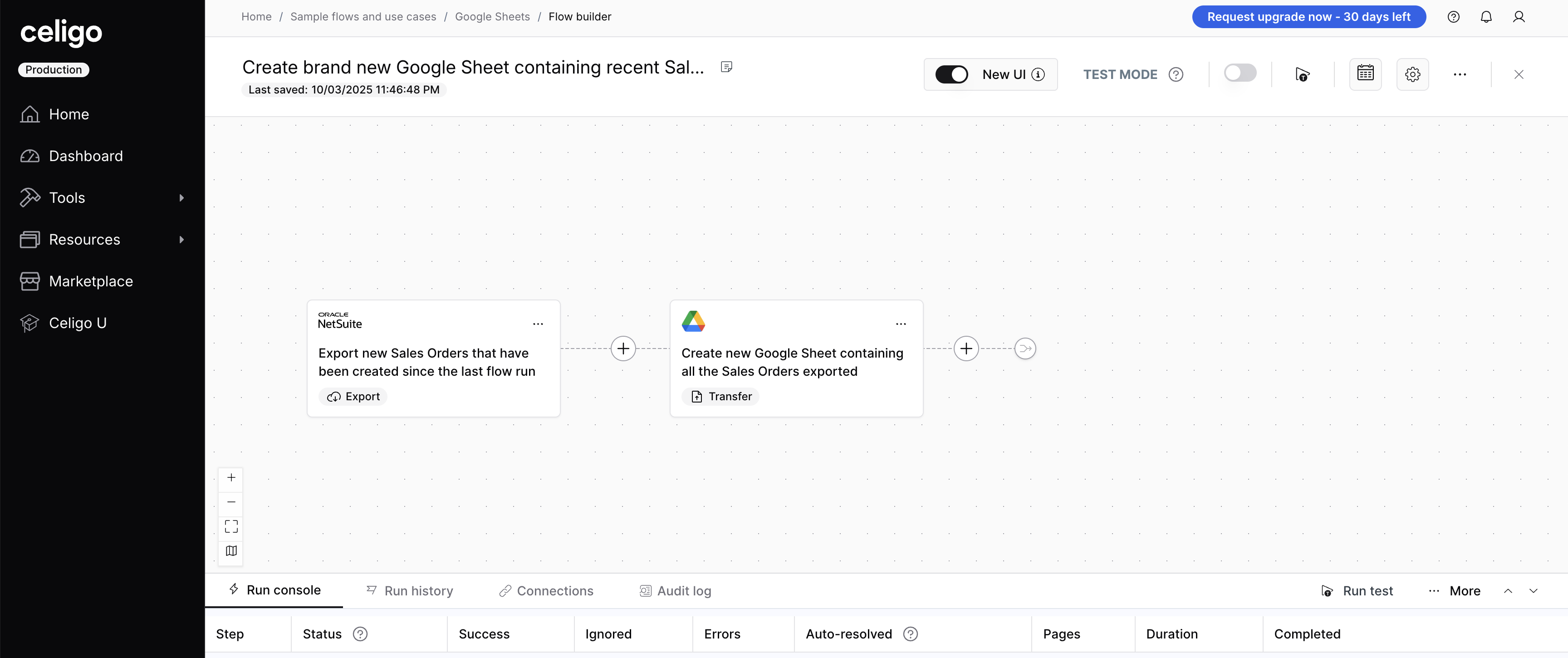
Celigo pros:
AI-powered automatic error detection and resolution
Custom pricing makes scaling costs more predictable
Celigo cons:
Modest number of prebuilt connectors
Not as flexible for less technical users
Celigo prides itself on solving for one simple truth: your integrations don't do much good if they're not actually working. At the enterprise level, you just don't have the resources to keep up with errors in every single pipeline, which is what makes automated error management so important.
To do this, Celigo uses AI to automatically diagnose and find API and integration errors, then sends them along to a dedicated error management dashboard. While Celigo may not be a completely novel app, this module gives it a notable characteristic, as it's a handy way of tracking and managing integration problems as they arise in real time—a feature not all competitors have.
While a purported 95% error detection rate isn't perfect, it is extremely helpful, particularly at scale. And it does a decent job of identifying process bottlenecks to help you get ahead of any problems.
Even if error detection isn't important to you for some reason, Celigo is still one of the best iPaaS software for enterprises. It's got a solid interface, effective automation building, secure data transfer, robust API management, and a volume of native integrations I'd characterize as "fair."
At 720, as of this writing, it has plenty of big names ranging from Airtable to Zoho, but that's just a fraction of what you get with Zapier. Granted, you're likely using Celigo to manage APIs and can also lean on its universal connectors. But it speaks to its position as a pure enterprise solution with potentially limited out-of-the-box flexibility.
Celigo pricing: By request
Make your integrations work for you with automation
Wherever you come out on the best integration platforms, connecting your apps is just the first step toward building a fully functional, well-orchestrated software sandwich.
Zapier's library of over 8,000 apps lets you readily connect more of your tools than any other solution on this list, and then apply custom automations across software, use cases, and teams. Map out your own unique automation sequences in Zapier Canvas, integrate AI throughout, and even build AI agents to autonomously run your apps and workflows.
Related reading:


